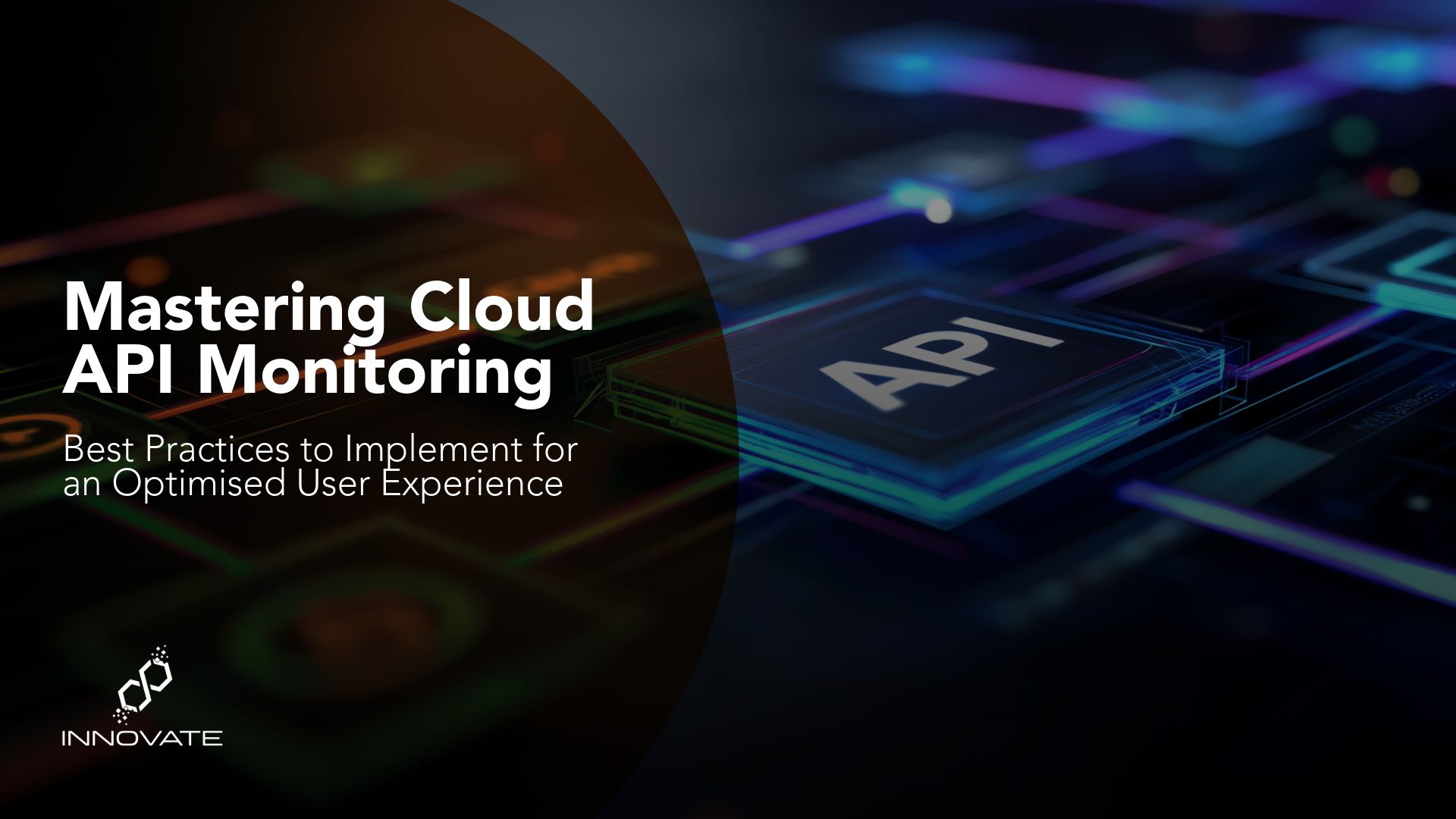Mastering Cloud API Monitoring for Enhanced UX
How to identify issues in Application Programming Interfaces (APIs) before they become a user problem.

Understanding the Importance of Cloud API Monitoring
Cloud API monitoring plays a crucial role in ensuring the smooth functioning of applications and services that rely on APIs. These serve as the communicator between applications. By monitoring their performance, availability, and reliability, you can proactively identify and address any issues that may impact the user experience. With the increasing adoption of cloud-based technologies and the growing complexity of modern applications in corporate environments, cloud API monitoring is crucial.
Real-Time Insights Into APIs Drive a Better User Experience
One of the key benefits of cloud API monitoring is the provision of real-time insights into their health and performance. This allows you to detect and resolve any issues before they impact end users. Real-time data analysis makes it possible to make data-driven decisions and optimisations there and then. Key metrics such as response time, error rates, and throughput show you were bottlenecks are. For example, if the data shows that a particular API endpoint is experiencing high response times, you can prioritise optimising it to ensure a faster and smoother user experience.
In summary, understanding the importance of cloud API monitoring is essential if you’re looking to deliver a high-quality user experience.
Implementing Best Practices for Cloud API Monitoring
Accurate and reliable monitoring results are crucial for cloud API monitoring. Here are some key best practices to consider:
- Define clear monitoring objectives: Before implementing cloud API monitoring, it’s important to define clear objectives and goals. This will help you determine what metrics and data need to be monitored and how they will be used to optimise the user experience.
- Select the right monitoring tools: There are several monitoring tools available in the market that can help you effectively monitor your organisation’s APIs, such as Postman, Datadog or Uptrends to name a few. Every organisation’s requirements are different, so it’s important you select the right tool that aligns with them and provides the necessary features and functionalities.
- Set up alerts and notifications: To ensure timely detection and resolution of issues, it’s crucial to set up alerts and notifications. This will enable you to proactively address any potential issues before they impact users.
- Regularly review and analyse monitoring data: Monitoring data provides valuable insights into the performance and health of APIs. But this data is only useful if you regularly review and analyse it to identify trends, patterns, and areas for improvement.

Leveraging Real-Time Data Analysis for Enhanced UX
Real-time data analysis is a powerful technique that can significantly enhance the user experience. By analyzing real-time data from API monitoring, organizations can gain valuable insights into the performance and behavior of their APIs.
One of the key benefits of real-time data analysis is the ability to detect and respond to issues in real-time. By continuously monitoring API metrics and analysing the data in real-time, organizations can identify and address any performance bottlenecks or errors before they impact the end user.
Real-time data analysis also enables organizations to make data-driven decisions and optimizations. By analyzing the data, organizations can identify areas of improvement, optimize API performance, and enhance the user experience. For example, if the data shows that a particular API endpoint is experiencing high response times, organizations can prioritize optimizing that endpoint to ensure a faster and smoother user experience.
In conclusion, leveraging real-time data analysis is crucial for enhancing the user experience. By monitoring and analyzing API metrics in real-time, organizations can proactively address performance issues, make data-driven optimizations, and deliver a seamless user experience.
Staying Compliant and Safe While Monitoring
Ensuring security and compliance in cloud API monitoring is crucial to protect sensitive data, ensure its integrity and confidentiality, protect against security threats, and maintain regulatory compliance. Here are some key considerations:
- Implement strong authentication and authorisation mechanisms: These prevent unauthorised access to APIs and sensitive data. This can include techniques such as API keys, OAuth (open authorisation), and JWT (JSON Web Token).
- Encrypting API traffic helps protect sensitive data from unauthorised access and ensures data privacy. You should use secure protocols such as HTTPS.
- Monitor and analyse API traffic allows you to detect and mitigate potential security threats. This includes monitoring for abnormal traffic patterns, detecting and blocking malicious requests, and identifying vulnerabilities.
- Ensure compliance of your organisation with data protection regulations such as General Data Protection Regulation (GDPR), Health Insurance Portability and Accountability Act (HIPAA), and Payment Card Industry Data Security Standard (PCI DSS). This includes implementing appropriate data protection measures, obtaining necessary consent from users, and securely storing and handling sensitive data.
Future Trends and Innovations in Cloud API Monitoring
Cloud API monitoring is an evolving field, and there are several future trends and innovations that are shaping its future:
- We see Artificial Intelligence and Machine Learning technologies being increasingly integrated into cloud API monitoring. They can analyse large volumes of data, detect patterns, and provide actionable insights. This can help organisations optimise API performance, predict and prevent issues, and deliver a superior user experience.
- With the rise of containerisation and microservices architectures, cloud API monitoring is becoming more complex. Future innovations will focus on effectively monitoring and managing APIs in these distributed and dynamic environments.
- Serverless computing is gaining popularity, as it offers scalability and cost-efficiency. Future trends in cloud API monitoring will focus on monitoring serverless architectures and ensuring the performance and availability of serverless APIs.
- As Internet of Things (IoT) devices and applications continue to proliferate, cloud API monitoring will need to adapt. This includes monitoring the performance, availability, and security of APIs that connect IoT devices to the cloud.
These are just a few examples of the future trends and innovations in cloud API monitoring. As technology continues to evolve, organisations must stay updated with the latest trends to effectively continue monitoring and optimising their APIs for an enhanced user experience.